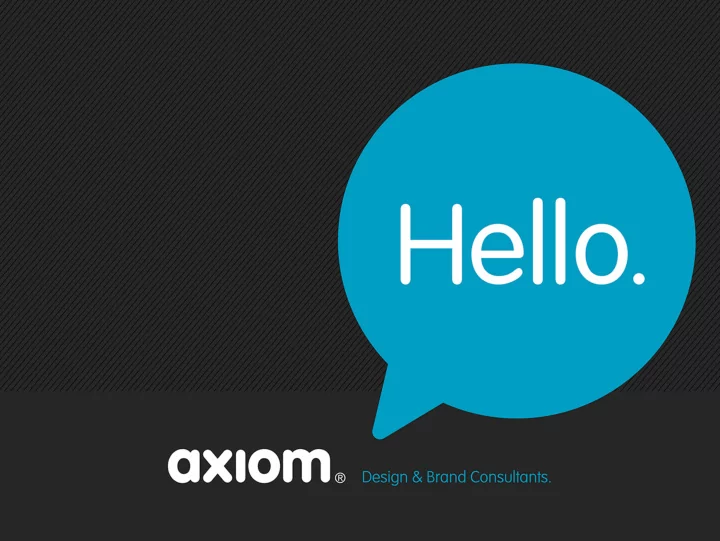

So, why would a brand consultant be involved in wayfinding?
Branding is all about creating or managing perception. How you would like somebody to feel about your business, product or place.
Harry Perkins Institute of Medical Research Wayfinding Signage
Harry Perkins Institute of Medical Research Wayfinding Signage
Harry Perkins Institute of Medical Research Wayfinding Signage
Harry Perkins Institute of Medical Research Wayfinding Signage
Fremantle Prison Wayfinding Signage
Fremantle Prison Wayfinding Signage
Fremantle Prison Wayfinding Signage
New Norcia Wayfinding Signage
New Norcia Wayfinding Signage
New Norcia Wayfinding Signage
5 Design Elements to Consider 1. Form, materials, colour and consistency. People subconsciously look for consistency in signs to reassure them on their journey. Design a ‘family’ of signs with a clear hierarchy of importance. 2. Fonts. Consider legibility, viewing distance and mode of travel. 3. Symbols & Pictograms. Create clarity and speed of interpretation. Universal visual language. 4. Maps. Use ‘heads up’ vs North up maps for easier orientation. 5. Simplicity. Don’t have too many signs and don’t clutter them with too much information.
5 Common Mistakes 1. Leaving wayfinding to the final stage of the project. The sooner signage is considered the more integrated it can be. Won’t end up looking like a ‘tacked on’ afterthought. 2. Not prototyping. Seeing how they will look in the real world before expensive fabrication. 3. Missed interpretation opportunities. This adds a valuable layer of context and understanding enhancing user experience of a place. 4. Believing signs are the only form of wayfinding. Brochures, guides and apps can all be used to complement the physical signage and further assist with changing behaviour. 5. No plan for ongoing maintenance. Consider how signs will be maintained. Nothing looks worse than dirty, damaged signs.
Recommend
More recommend